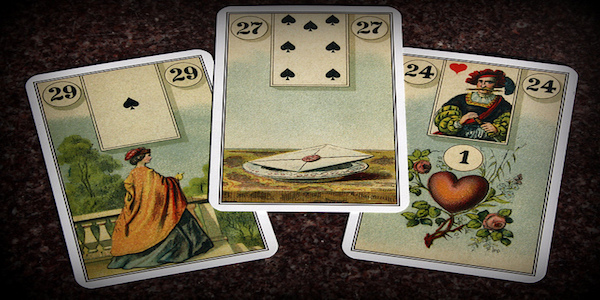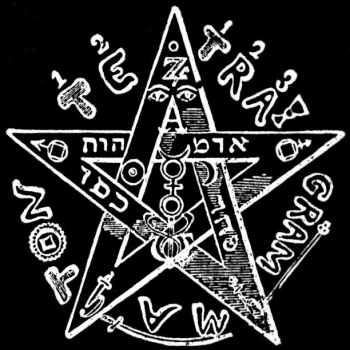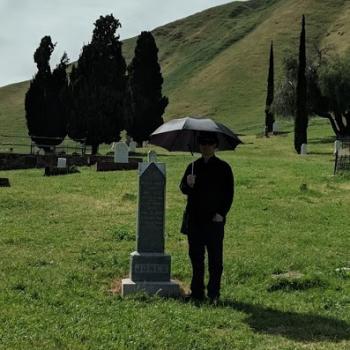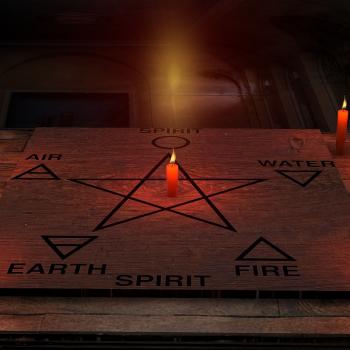When I was in my mid-twenties and living on the East Coast, I did a lot of driving. I didn’t think anything of driving my hour commute every day. On the weekends, I would head four hours away to see a friend at the drop of a hat. I had this zippy little Nissan Sentra sports coupe, which was probably the most fun car I’ve ever owned.
At the same time, I was also deeply involved in learning everything I could about spirit work. One thing I learned that has stood me in good stead is that roads, like everything else, have spirits. Road spirits, when healthy, are interested in getting everyone to their destinations.

By connecting to a road spirit, I could sense any number of useful things: upcoming accidents, speed traps, dangerous drivers, you name it. By merging my spirit with the spirit of the road (carefully!) I could know the unknowable.
It’s not as easy as it sounds. The trick was to merge with the road-spirit, but also to retain self-control. Since there are times and places where an accident is looking to happen, it can be useful to be able to spiritually say, “not it!”
ProTip: We might work with spirits, but at the end of the day it’s also necessary to keep control and take responsibility for ourselves.
Calibrating Our Perceptions
Most people are decent drivers, so learning to spirit-drive isn’t the most useful skill in the world. I suspect that many people intuitively do something like what I’m describing.
Once I could reliably single out upcoming driving events that were down the road, I began to test my predictions. For developing any “psychic” skill, this is a key part of training. Repeatedly, you need to make a prediction, and then watch to see if it comes true.

Both successes and failures are useful results. In truly developing such skills, it is important to accrue vast quantities of data about your predictions. It is especially important to do this when training any skill that either your life or the lives of others will depend on.
In upstate New York, there are thousands of tiny two-lane highways that are forever being blocked by relatively slow-moving trucks. The roads wind among as well as climb up and down the hills, often driving through tree cover. It’s virtually impossible to find a place to pass.
One skill I developed was determining whether it would be safe to pass. Merging with the road-spirit, I would use my own spirit to “ping” the road ahead, almost like spirit-radar. I would seek a “clear” or “not clear” feeling.
Now, I didn’t act on these feelings. Instead, I would watch to see what happened. I would “ping” and then I would start timing. I would count, “one one-thousand, two one-thousand, three one-thousand…” until a car came by the other way and it was clear whether my sense was accurate or not.
This wasn’t something I did once, or for an afternoon, or a weekend. It took constant practice to hone my predictions. This type of practice was how I tested all my “psychic” perceptions. It wasn’t about testing to see if they were “real.” It was a method of calibration.
These skills, over time, developed into a much more fluid, intuitive system. These days, I simply know when the roads are “bad” and avoid trouble spots. But it all began with specific perceptions, not simply trusted, but tested and trained for accuracy.
ProTip: Intuition is situational. Learning to spirit-drive might help with learning to avoid other dangers (physical assault comes to mind), but it’s not the same thing. They need to be trained separately. Context always matters.
Messages from the Spirit
Spirit-driving is a cool trick, and it can occasionally save your life. Maybe more important is understanding that we can’t take every intuition at face value “out of the box.”
Though they may “see” differently, our spirits can be as fallible anything else. They can overreact, fail to notice things, be fooled, be tired, or simply fall short of our expectations.

When it comes to dangerous situations, sometimes it’s best to trust your spirit. When your spirit urges you to RUN! that might be exactly what you need to do.
But when it comes to understanding things in the world, I believe that any spirit, even my own, needs to pony up evidence. Trust needs to be built over time.
ProTip: When it comes to messages from the spirit, it’s important to distinguish between verbal messages and nonverbal ones. In my experience, the nonverbal ones tend to be much more immediate and accurate.















